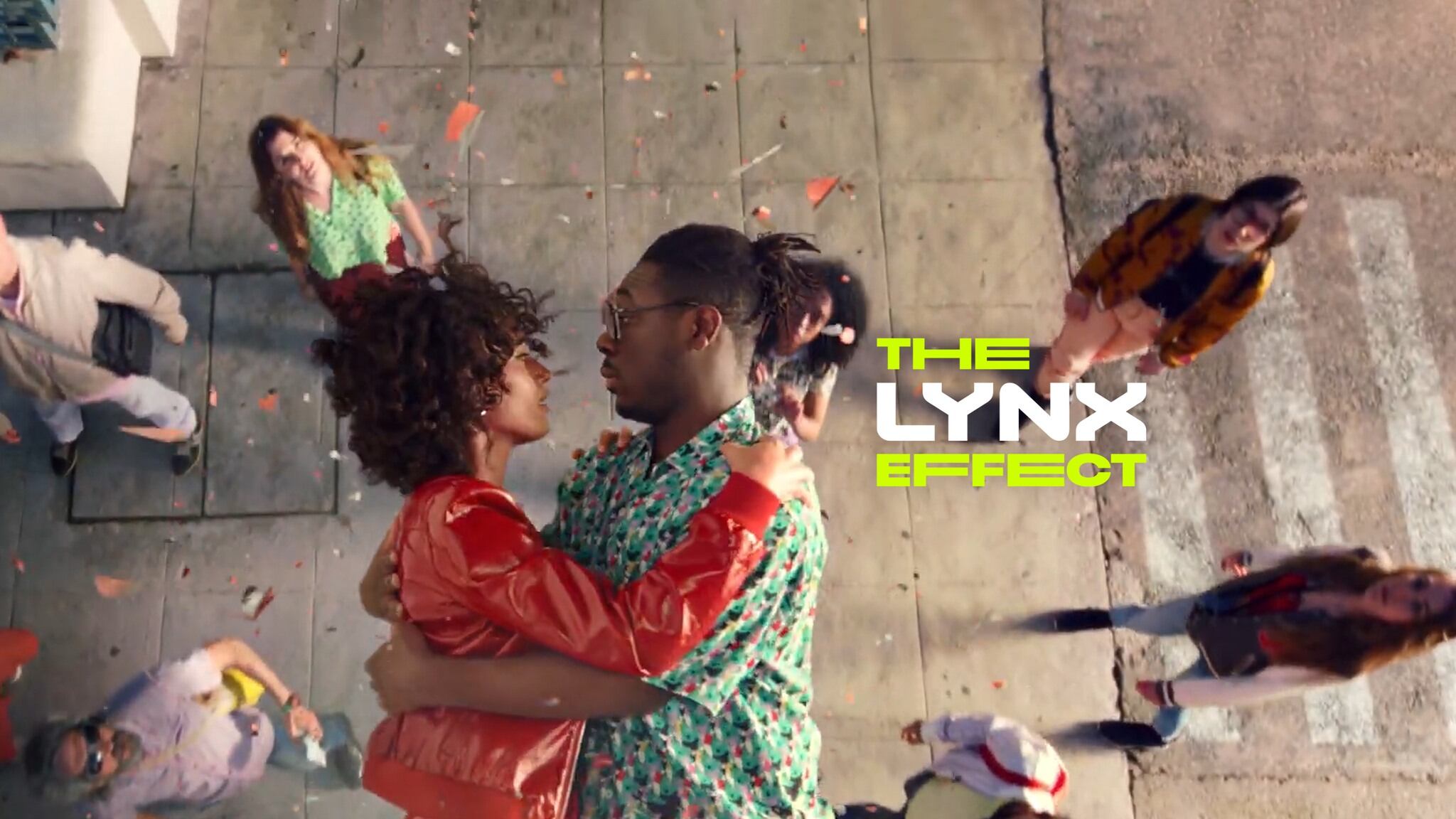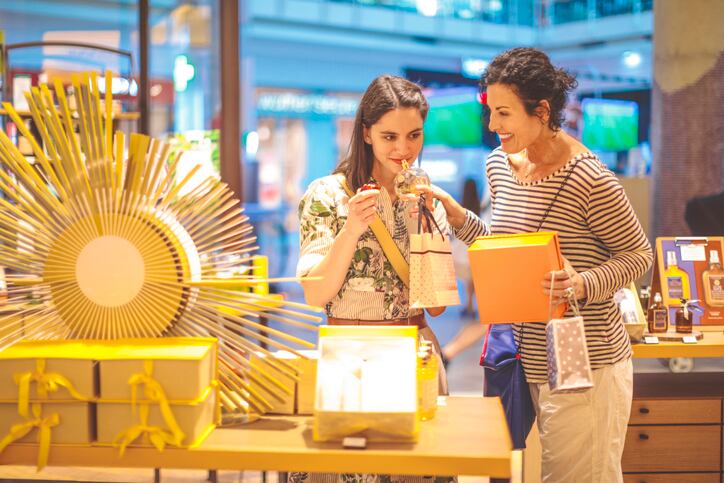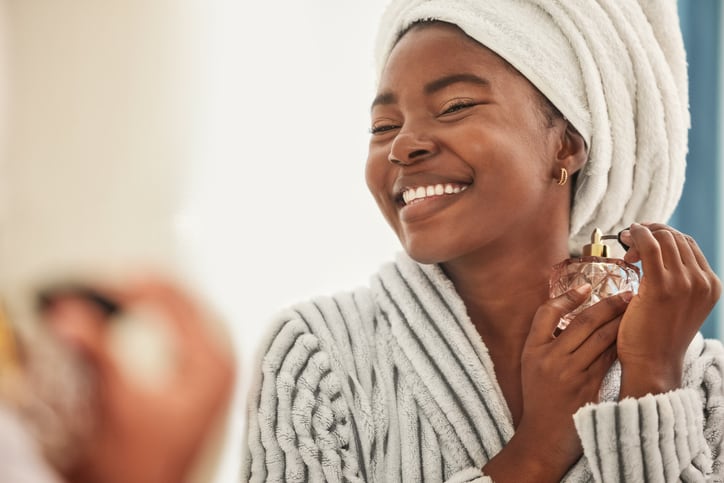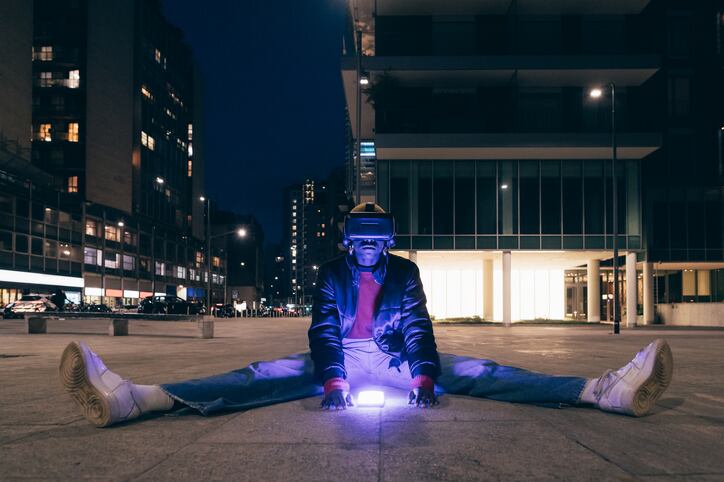For most consumers worldwide, it takes mere seconds to choose a product in-store or online, leaving a very small window for brands to make an impression and capture consumer interest. And when shopping or interacting with a product – be that in beauty, personal care, food, drink or other sectors – multiple senses could be at play.
Professor Charles Spence, head of Oxford University’s Crossmodal Research Laboratory at the Department of Experimental Psychology in the UK, had been studying these behaviour patterns for some time.
“I sit in psychology and look at the emerging knowledge regarding how the human senses are connected, one with another, and try and think about how those ubiquitous or crossover connections may influence people’s experiences in the real world – on products, environments, packaging, atmospheres and food and drink,” Spence told attendees at the IFSCC Congress 2022 in London.
“And the more scientists look at the human brain, the more we see connections,” he said.
For consumers engaging with beauty and personal care products more specifically, there was plenty to consider when it came to the senses, he said.
“I think there’s a lot of psychology and neuroscience in building people’s expectations and experiences of cosmetics, as well as trying to understand quite why or how it might be that adding a certain fragrance to a product has an impact on attractiveness, softness or wellbeing, among other things.”
Living in a multisensory world
Firstly, Spence said it was critical to understand that consumers lived in a multisensory world where the five human senses – sight, hearing, touch, smell and taste – merged in the brain with crossover connections that influenced experiences and perceptions of everything.
And these crossovers, he said, could be carved out into three rules. There was the notion of ‘super-additivity’, whereby “individually weak cues” combined in a “congruent manner” to stimulate a bigger response or perception; there was ‘multi-sensory suppression’ where one or more of the senses became suppressed; and then there was ‘sensory dominance’ where one or more of the senses became governing.
“These multisensory experiences are happening all the time, automatically and sometimes without our awareness, hence their power,” he said.
“Our hope is that by understanding some of these connections in the human mind, we may be able to get an insight into the multisensory design of products,” Spence said.
So, was the beauty industry getting it right? Were brands considering this multisensory world when designing products? Yes and no, the professor suggested.
A look at the ‘Lynx effect’

Spence and his team had worked for many years with Unilever and its Lynx brand, working to build neuroscience evidence and claims support for the so-called ‘Lynx effect’ widely promoted in the brands marketing and advertising efforts – the idea that wearing the scent increased the wearer’s confidence and therefore improved overall attractiveness.
And research conducted by Spence and a team in 2007 had supported the idea that pleasant fragrances made young women rate young men as more attractive, though findings were “not specific to Lynx” but rather reflected the positive impact associated with a “pleasant fragrance” versus a “negative fragrance”. Follow-up research in 2013 had added brain scan evidence to these attractive rating responses, he said.
Following more research and the publication of an open-access literature review, Spence now believed there were likely “five or six mechanisms” at work to explain when, why and how a fragrance could affect a person’s judgement.
But the existing literature also raised questions, he said, particularly given how much of the research had been conducted with static images of primarily white faces. “One might wonder if you get the same with dynamic videos. What about those with different skin tones? What about if you actually interact with them? (…) How is it and when is it that fragrance is attached to a person rather than the environment? And it it’s attached to a person, why not their clothes? These are all sorts of intriguing questions to be resolved.”
Beyond scent – packaging look, feel and sound
Further research in how fragrance influenced human judgement and experience was needed, he said, but there was also a clear shift required in how personal care and beauty companies tested such product attributes.

“Of course, fragrances are always going to come in something; one cannot ignore the multisensory impact of packaging on product perception,” Spence said.
Research his team conducted in 2014 had shown, for example, that pack weight and colour saturation both influenced consumer perception on how intense a fragrance was perceived to be. It also influenced how efficacious people thought the product would be.
But beyond the visuals, there was also plenty to be said for packaging sound – the “psycho-acoustic design” of a product – which related to the noise a product made when it was opened or closed and sprayed or applied, Spence said. Research conducted with Unilever on its Lynx spray, for example, had indicated that alterations to nozzle shape and packaging format changed the sound of the spray when used, and indicated that specific designs could lead consumers to believe the product was more efficacious.
“The more research I do and see shows just how profoundly packaging has an impact. So, it seems bizarre that fragrance and products are assessed in the absence of the packaging or applicator – it’s all part of the experience for us.”
Speaking to CosmeticsDesign-Europe after his presentation, Spence added: “After various research we’ve been doing over the last few years, it’s increasingly clear that products, whatever it is, always come in a package. And too often I see, in a variety of sectors or industries, that products and pack first meet on shelf.
And it seems sort of crazy not to evaluate consumers’ response to your product in the actual package it’s going to appear in, because it makes such a big difference.”




